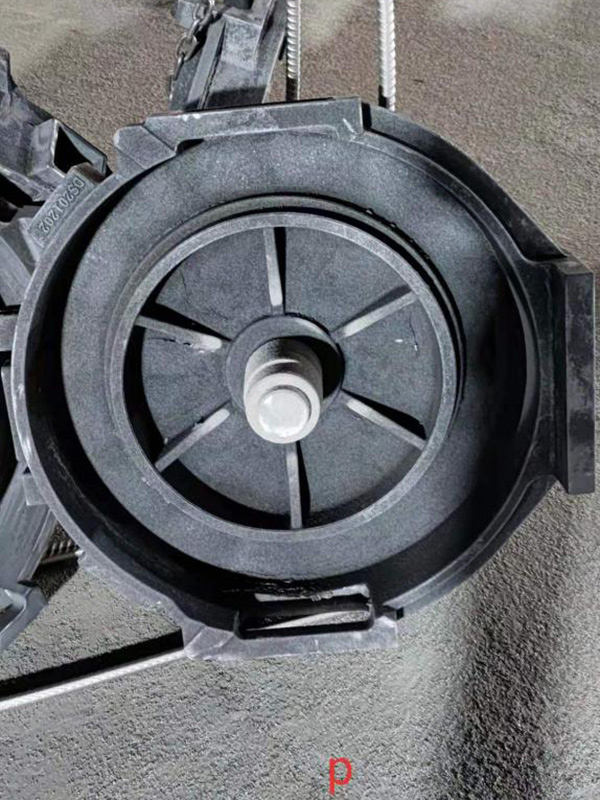Coated Sand Casting An Innovative Approach in Manufacturing
Coated sand casting represents a pivotal innovation in the foundry industry, merging traditional casting methods with advanced material science. It is a process that has gained significant traction due to its ability to produce high-quality castings with enhanced surface finishes and dimensional accuracy.
The foundation of coated sand casting lies in the use of sand grains that are coated with a resin or polymer binder. This coating process transforms conventional sand casting techniques into a more sophisticated method that yields superior mechanical properties and surface characteristics. The coated sand is typically used to create molds which, once filled with molten metal, solidify to form the desired component.
One of the primary benefits of coated sand casting is its exceptional surface finish. The resin-coated sand provides a smoother mold surface, resulting in fewer defects and a decreased need for post-casting machining. This is particularly advantageous for industries where precision is paramount, such as aerospace, automotive, and medical device manufacturing. The ability to achieve intricate designs and superior detail sets coated sand casting apart from other traditional casting techniques.
Another significant advantage is the enhanced strength and thermal stability of the coated sand molds. The resin helps to increase the sand's resilience against the high temperatures associated with molten metal. This stability not only minimizes distortion during casting but also extends the lifespan of the molds, leading to cost savings over time.
coated sand casting

Coated sand casting also boasts flexibility in terms of production volume. It is suitable for both low and high-volume production runs, making it an adaptable solution for various manufacturing needs. The process can accommodate a wide range of metal alloys, enabling manufacturers to select materials that best meet their project specifications.
Moreover, the environmental impact of coated sand casting is less than that of some traditional methods. The materials used in the process can often be recycled, and advancements in technology continue to improve the sustainability of this manufacturing option. Companies that prioritize eco-friendly practices stand to benefit from the adoption of coated sand casting techniques.
As industries strive to meet the demands of modern consumers for better quality and performance, coated sand casting emerges as a vital solution. With its advanced material properties, reduced production costs, and environmental benefits, it is poised to play an increasingly important role in the future of manufacturing.
In conclusion, coated sand casting is more than just an adaptation of traditional casting methods; it is an innovative approach that harnesses the strengths of modern materials science to meet the rigorous demands of contemporary manufacturing. As technology continues to advance, the potential of coated sand casting is likely to expand, leading to new applications and improved efficiencies across various sectors.
Post time:نويابىر . 14, 2024 08:44
Next:sanding 3d resin prints
